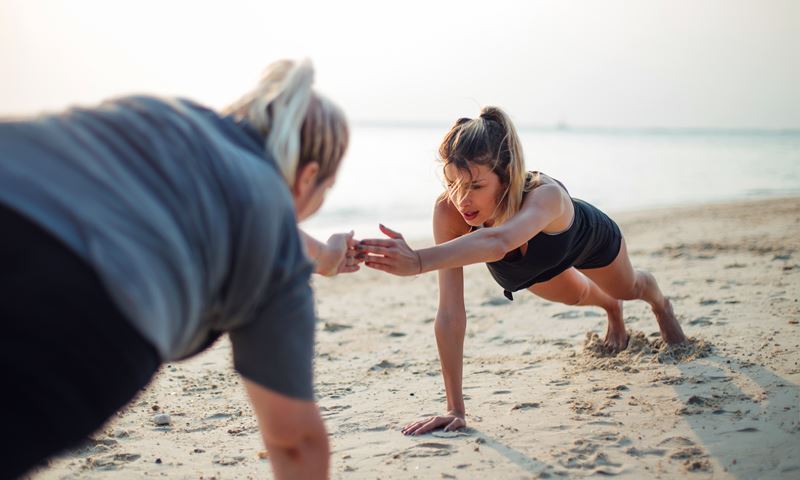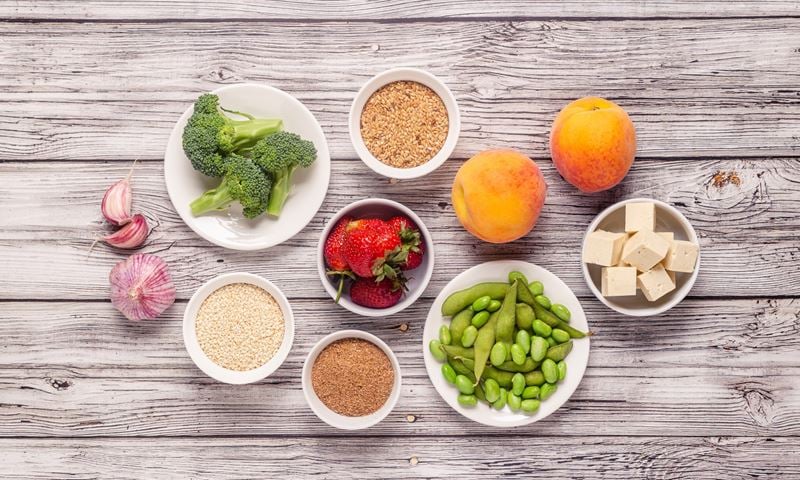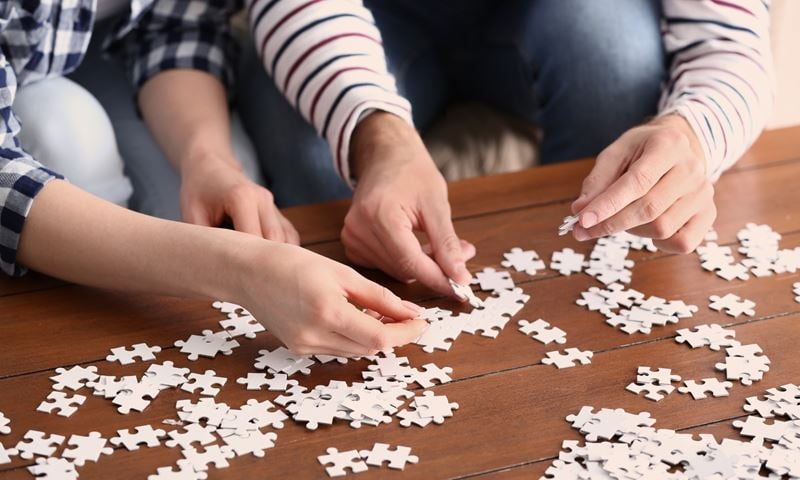We all know the old saying; prevention is better than the cure. When it comes to preventing osteoarthritis developing in our joints as we age, this really rings true.
Osteoarthritis is strongly linked to joint injury. Your best defence is to reduce your chance of injury in the first place, but when it does occur, be comprehensive in your injury management.
Injury prevention and management of arthritis
According to Arthritis Australia, up to 70 per cent of osteoarthritis of the knee is preventable by avoiding excess weight gain and joint injuries.
Avoiding excess weight gain comes down to eating a balanced diet, increasing physical activity and making healthy choices. But how about preventing injury?
Whether you are new to exercise, getting back into a sport after a break, or an experienced athlete, there are several key factors for injury prevention and management.
Keys to preventing injury
According to Sports Medicine Australia top tips for preventing injury include:
- Warming up, stretching and cooling down.
- Participating in fitness programs to develop strength, balance, coordination, agility and flexibility. An exercise physiologist can provide you with a program for your needs.
- Undertaking training prior to competitive sports to ensure readiness to play.
- Gradually increasing the intensity and duration of training.
- Allowing adequate recovery time between workouts or training sessions.
- Wearing the right protective equipment, including footwear.
- Drinking water before, during and after exercise.
- Consider biomechanical screening to identify problems before they arise – an exercise physiologist or physiotherapist can help.
- Using protective taping or bracing can be important. Speak to a sports physiotherapist for guidance on this.
- Avoiding activities that cause pain. If pain does occur, discontinue the activity immediately and commence correct injury management protocols.
Keys to managing an injury
The best thing to do for 48-72 hours after experiencing a soft tissue injury like a sprain or strain is to remember RICER – Rest, Ice, Compression, Elevation and Referral. RICER aims to reduce the bleeding and damage within the joint.
- Rest the affected area
- Ice pack application for 20 minutes every two hours (never apply ice directly to the skin).
- Compression bandage of the correct size should be applied to limit bleeding and swelling in the joint.
- Elevation of the affected area (lay back, relax and rest your limb on a pillow)
- Referral – See your GP or a sports medicine professional as soon as possible after the injury to asses it and give advice on treatment and rehabilitation. If you are given a rehabilitation program – do it!
Sports Medicine Australia also recommend following the No HARM protocol – no heat, no alcohol, no running or activity, and no massage. This protocol aims to reduce bleeding and swelling in the injured area.
Read and research!
- Sports Medicine Australia (SMA) is the peak national organisation in many sports related areas including sports injury prevention and management. They have a wide range of information for consumers and health professionals including injury fact sheets for the 12 most common sporting injuries.
- Better Health Channel is the go to place for all your medical and health care questions. Funded by the Victorian Government, the Better Health Channel aims to help people understand and manage their health and medical conditions.
- First aid – why not learn a new skill and find a first aid course or if it’s been a while since your last first aid course it might be time to do a refresher. St John First Aid training or your local neighbourhood house or community centre are great places to start.



